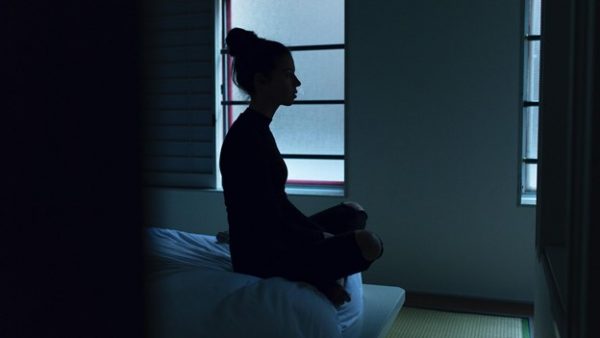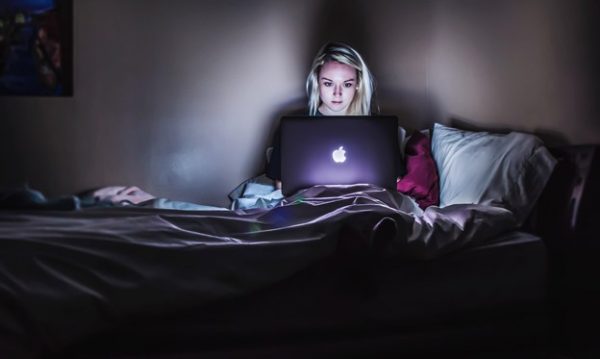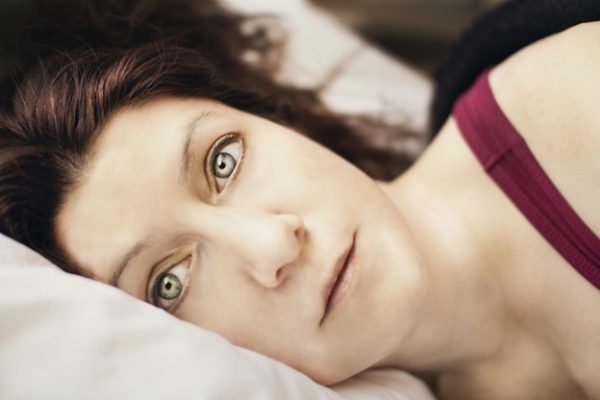
Photo by Ben Blennerhassett on Unsplash
Anxiety isn’t pleasant at any time, and it can be particularly distressing at bedtime.
While your body should be calming down so it can effectively recharge for the next day, it is instead wide awake, wearing itself out with worry.
We wish there was a switch we could flip to simply turn our mind off.
While this doesn’t exist, there are techniques to help you deal with sleeplessness.
Here’s how we suggest preparing your body for a good night’s rest.
Be patient with the time it takes.
We must accept the truth that falling asleep often takes time.
Part of the anxiety around sleeplessness is self-generated. If we’re not falling asleep instantaneously, we start to worry that we won’t fall asleep for awhile. This anxiety then stimulates our mind and keeps us awake even longer.
If we gently accept that falling asleep is going to be a process that takes time, we start removing a root cause of the anxiety keeping us awake.
We need to start readying for bed before we are ready to fall asleep.

Photo by Victoria Heath on Unsplash
Move away from the blue light.
Smartphones, tablets, and laptops are staples of everyday life.
While bringing a wealth of convenience and information to our fingertips, they can be very disruptive to the sleep cycle.
This is due to the blue light that emanates from the screen. Many studies including this one from Harvard have shown how they can seriously throw off circadian rhythms.
While most of these devices have an option to lower the blue light they produce (and we do recommend using this feature) we’ve found the best approach for keeping a sleep cycle intact is to simply turn the screens off at least one hour before going to bed.

Photo by Jon Tyson on Unsplash
The new light bulbs you need to get…
If blue light is bad, is there a substitute that is better?
Plenty of experts recommend indulging in red light, as there is a belief that exposure to red light increases the level of melatonin in the body.
Melatonin is a hormone released by the pineal gland that regulates our sleep cycle. Healthier levels of this hormone will help us keep better hours of sleeping and waking.
Installing red light nightlights throughout your home is very helpful, especially if you have to get up during the night.
Finding your way around your home by red light is far preferable to turning on a normal light which confuses our body’s sleep cycle and makes it harder to get back to sleep.

Photo by Alex on Unsplash
Do the bodily tasks first.
The goal is to relax your mind before our head hits the pillow.
This means we need to remove the menial tasks that buzz around our heads like flies on cattle.
So, after turning off your blue lights, get to work on these nightly chores: brush your teeth, wash your face, change into your pajamas. We call these our “bodily tasks.”
The body must be ready for bed before the mind is. If the body isn’t ready, the mind will not be able to relax as it will know there are still tasks to be finished.
Completing these will move us to a place of comfort that is necessary for the rest of our routine.
Address the stressors of the following day.
Much of lying awake worrying is focused around everything we have to do the following day.
After you’ve finished your bodily tasks, sit and write a list of what you have to do the next day as thoroughly as you need to.
Do not rush. Take the stress of remembering off of your mind and put it onto the paper.
We don’t want the mind to be working more than it has to.

Photo by J. Kelly Brito on Unsplash
Find a soft-focus activity.
After taking the pressure off of your mind, let’s give it a proverbial massage by finding a soft-focus activity.
The goal of a soft-focus activity is to give the mind some pleasure before bed, but without it needing to work too hard.
These include activities such as coloring or listening to soft music, or journaling. You could also read, but make sure the material isn’t too intense… while we all love a page-turning thriller, it will stimulate your mind as opposed to relaxing it!
This activity should only last 15-20 minutes or so.
Empty your thoughts in meditation.
If you turned off your blue light an hour before bed, you likely have about 10 minutes left before getting into bed.
We recommend taking this time to turn off any remaining lights, and sitting comfortably in the darkness.
Take these last 10 minutes to relieve your mind of any stray, lingering thoughts. Relax your consciousness. Sit, breathe deeply, and smile.
For those who have never tried meditation before, we recommend starting with a guided meditation. There are plenty of online audio tracks that will help you get started with this practice.
Once your 10 minutes have finished, lay down to sleep.

Photo by Jen Theodore on Unsplash
Don’t punish yourself to sleep.
If after 20 minutes of laying down you still find your mind awake and unable to relax, don’t try and force the issue.
Instead, turn on a low light (preferably red if you have it) and do another soft-focus activity for 10-15 more minutes.
According to the Sleep Foundation, trying to force ourselves to sleep when our body is not ready doesn’t help, it only hurts us. We don’t want the mind to associate our sleep routine with frustration, or that will only make it more difficult to sleep in the future.
Fighting the anxiety of sleepless nights is not a battle to be won (if you’ll pardon the pun) overnight. It might be a long process but one that will bring rewards if you stick with it!
For those who need a little bit extra…
Everybody is different, and as a result it’s important to experiment with your routine to find a process that works for you.
Some may find that they could use a little extra help to get over that first hurdle.
Well, did you know that our all-natural, anxiety-fighting formula, At Ease has a night-time equivalent?
At Ease PM has all of the incredible mood support of At Ease, but also contains herbs for a restful sleep!
California poppy, lemon balm, and hops work together to calm the brain, mind and body. Just 1 capsule 30 minutes before bed will help you move toward the rejuvenating sleep you’ve been looking for! Come in and get 25% off of Redd Remedies At Ease ™ through 12/31/2020!



